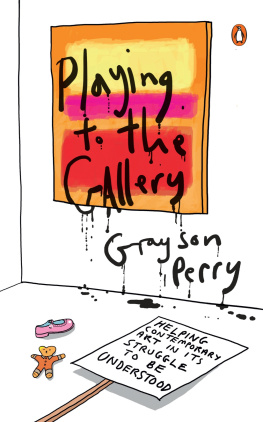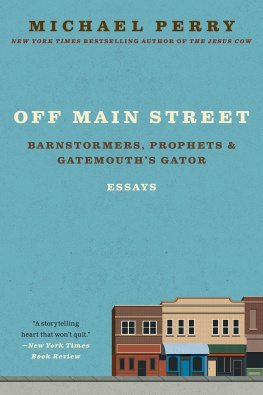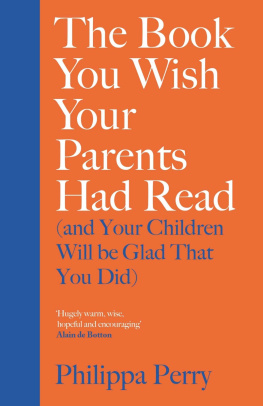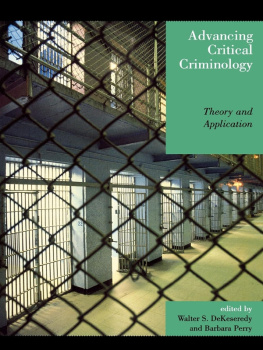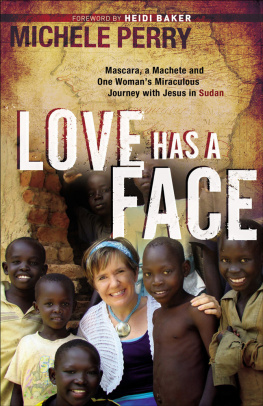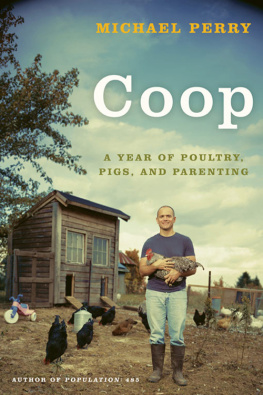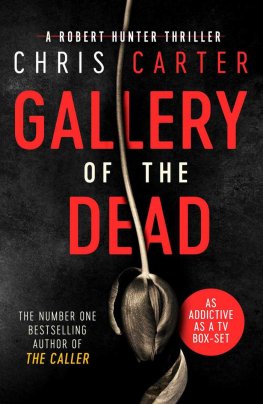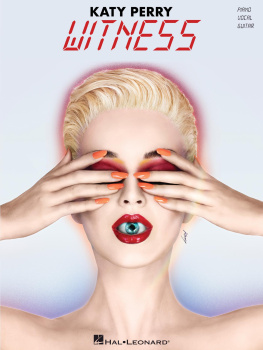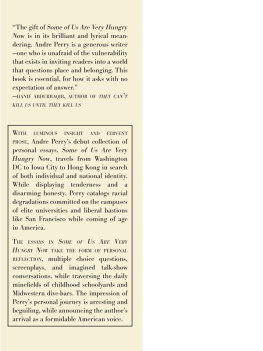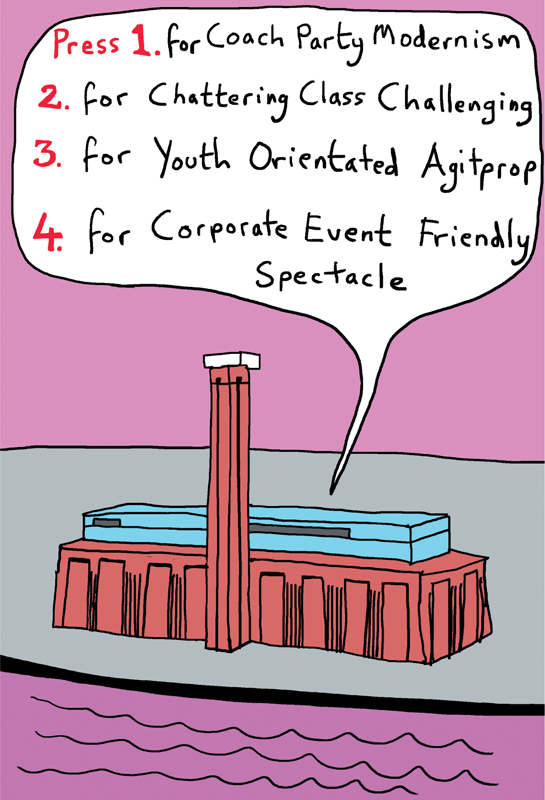Penguin supports copyright. Copyright fuels creativity, encourages diverse voices, promotes free speech, and creates a vibrant culture. Thank you for buying an authorized edition of this book and for complying with copyright laws by not reproducing, scanning, or distributing any part of it in any form without permission. You are supporting writers and allowing Penguin to continue to publish books for every reader.
Grayson Perrys first art prize was a large papier-mch head he awarded himself as part of a performance art project at college in 1980. Since then he has won many other awards, including the Turner Prize in 2003. He is now one of Britains most celebrated artists and has had major solo exhibitions all over the world. His 2013 BBC Reith Lectures were the most popular lectures since the series began. He won a BAFTA for his Channel 4 documentary on the creation of six new tapestries entitled The Vanity of Small Differences, All in the Best Possible Taste, for which he was also awarded Best Presenter at the Grierson British Documentary Awards.
How Much?!
I T WAS ORIGINALLY R ADIO 4 IN THE FORM OF The Archers, the BBCs middle-England soap opera that has been running for over sixty years not known as a hotbed of the avant-garde that actually gave me the idea that contemporary art had now become mainstream.
The watershed moment was when Lynda Snell, a self-appointed cultural ambassador to Ambridge, if you like, campaigned to try to get someone from Ambridge on the Fourth Plinth in Trafalgar Square, when Antony Gormley was doing his One and Other project. And I thought, if Lynda Snell is a fan of contemporary art, then the game is won, or lost, depending on how you look at it. If a piece of participatory performance art can feature prominently in a hugely popular and socially conservative radio drama, contemporary art is no longer a little back-water cult. It is now a part of mainstream cultural life.
Its easy to feel insecure around art and its appreciation, as though we cannot enjoy certain artworks if we dont have a lot of academic and historical knowledge. But if theres one message that I want you to take away its that anybody can enjoy art and anybody can have a life in the arts even me! For even I, an Essex transvestite potter, have been let in by the art-world mafia.
I want to ask and answer! the basic questions that might come up when we enter an art gallery and that some people might think are almost too gauche to ask. But I dont! They might think theyre irrelevant, or that theyve all been answered now, or that everybody already knows the answer. But I dont think thats true. The art world needs people to keep asking it questions, and thinking about those questions helps the enjoyment and understanding of art. I firmly believe that anyone is eligible to enjoy art or become an artist any oik, any prole, any citizen who has a vision that they want to share. There is no social qualification, no quarter of society you need to belong to. With practice, with encouragement, with confidence, YOU can live a life in the arts. And this book offers up what I hope will be the basics of what you need in order to be able to do that. Though that is not to say it will be simple or that it will happen fast and in a convenient manner. Unlike shopping.
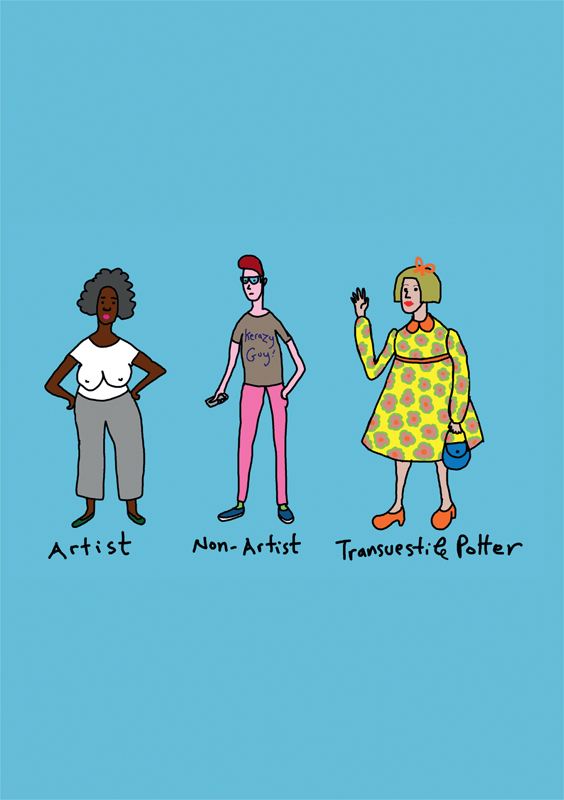
Very few people enter the art world to make money; most do it because they are driven to make art, or they love to look at it or be around artists. This means they are often passionate, curious, sensitive types. Nice fun people! The art world offers a nice life. Come in! Its not easy though, its not all wealth and celebrity and free booze. A lot of man-hours and heartache are involved but its a very rewarding and exciting place to hang out. Over the past twenty years or so a wider public is starting to realize this. I mean, take the Tate Modern. Its the first- or second-most visited tourist destination in Britain and the fourth-most popular museum in the world, with 5.3 million visitors a year. Contemporary art exhibitions across the globe from the Centro Cultural Banco in Rio to the Reina Sofa in Madrid to the Queensland Gallery of Modern Art in Brisbane regularly draw hundreds of thousands of art lovers. Art is very popular, and yet many of us are still quite insecure around going into galleries. I still find commercial galleries in particular quite intimidating. There are frighteningly chic gallery girls on the front desk, acres of expensive, polished concrete, a reverential hush around arcane lumps of stuff, not to mention the language used around the art, which is often grandiloquently opaque.
For somebody to walk into a contemporary art gallery for the first time and expect to understand it straight away would be like me walking into a classical music concert, knowing nothing about classical music, and saying, Oh, its all just noise. We might be bemused or even angered by the work, but with a few of the right tools we might find that we understand and appreciate it. It can be tricky to get to the place where you can start to understand because, although you can intellectually engage with something quite quickly, to emotionally and spiritually engage takes quite a long time. You have to live with it. So bear that in mind.
I also hope that, as a practising artist confronted with a blank sheet of paper or a lump of clay and having to literally make the decision of What am I going to do? on a day-to-day basis, my approach to the questions of contemporary art will be a little different from that of a commentator on the art world. I work on the coalface of culture. Though nowadays, of course, we live in an era when were mainly a service economy, so perhaps really I should say that I work in the call centre of culture.
Also as a practitioner, and not necessarily an expert in the wider sense, I can use autobiography as analysis something that is often seen as a sin by many academics. I am going to extrapolate from my own personal experience to wider generalizations about the art world. And I hope that what follows will be of interest not just to anyone who encounters modern and contemporary art, but also to my fellow artists, dabbing and chipping away in their studios.
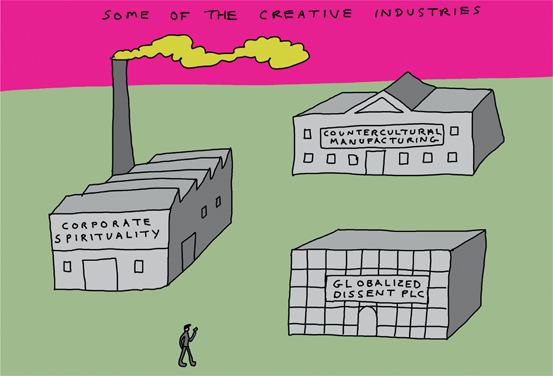
Finally, what do I mean by the art world? Well, when I talk of the art world I mean the culture surrounding the Western model of fine art, artefacts dealing with aesthetics or lack of them. Im really talking about visual art, but as we shall find out later on not all of it is visual. Im concerned with the stuff you usually encounter in museums like Tate Modern, or in commercial galleries all around London and the rest of the developed world. You may increasingly see this sort of art in collectors homes or in the street, in a hospital, on a round-about, at a live event or even in cyberspace. Im also talking about the wider art world, its rituals and people, best experienced at exhibition openings, large commercial art fairs like Frieze in London or Basel, and at biennales like the century-old one held in Venice.

